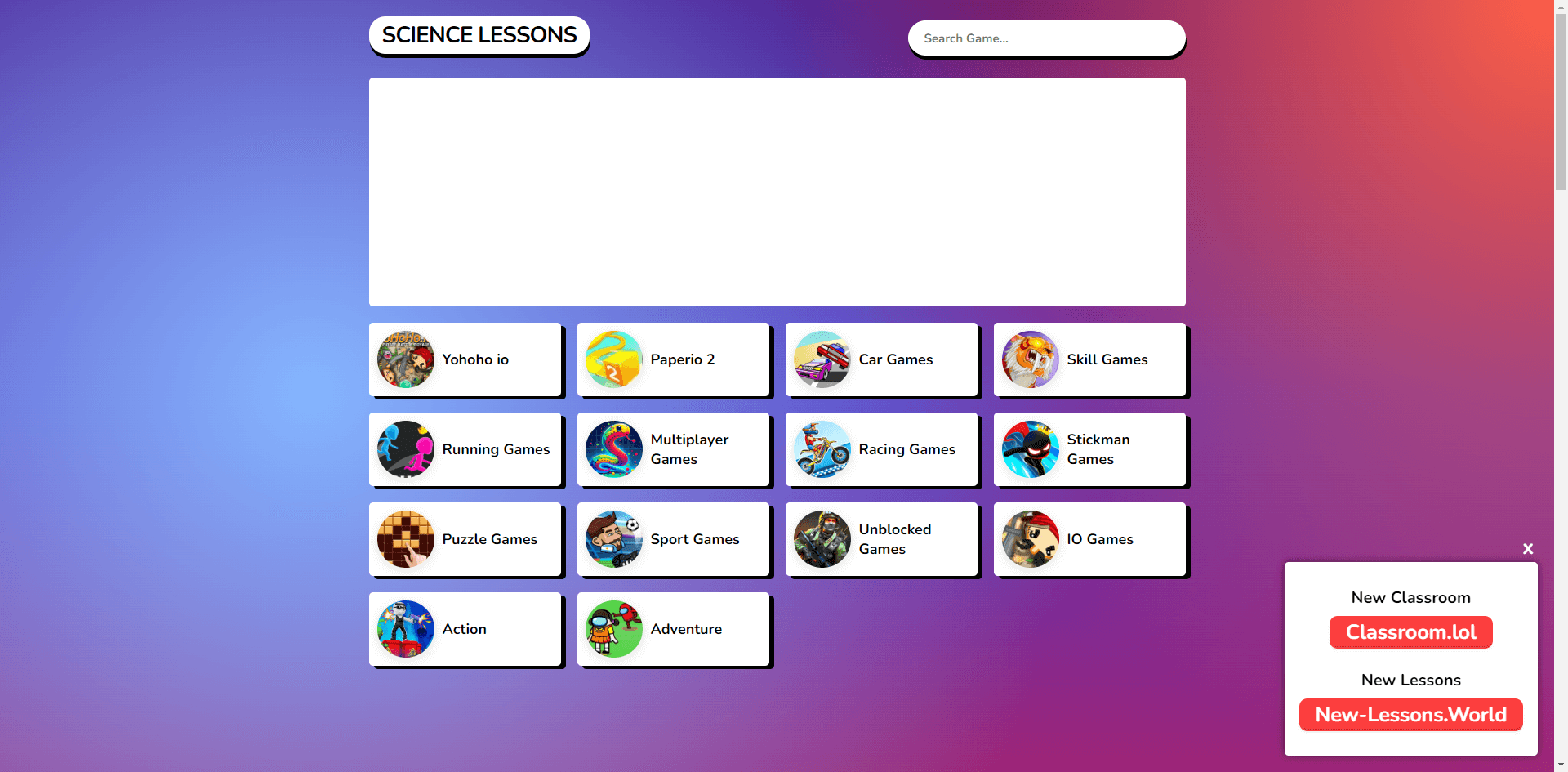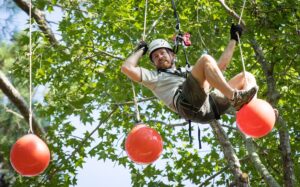Science Lessons Lol offers engaging and humorous science lessons. It makes learning science fun and accessible for everyone.
Science Lessons Lol is a platform dedicated to making science education both entertaining and informative. It uses humor to explain complex scientific concepts, making them easier to understand. The lessons are designed to engage students of all ages and help them retain information more effectively.
By incorporating jokes and light-hearted explanations, Science Lessons Lol transforms traditional science education into an enjoyable experience. Whether you are a student struggling with science or just curious about the subject, this platform provides a refreshing approach to learning. Dive into Science Lessons Lol and discover how fun and fascinating science can be.
The Joy Of Discovery
Science lessons are full of exciting moments. The joy of discovery is one of the best parts. In each class, students explore the unknown. They learn about the world and the universe. This joy keeps their curiosity alive. Let’s dive into what makes this journey so special.
Curiosity Sparks
Curiosity is the first step in any scientific journey. It drives students to ask questions. Why is the sky blue? How do plants grow? These questions spark a desire to learn. Teachers play a key role here. They encourage students to explore their curiosity.
Here are some ways curiosity can be sparked in the classroom:
- Hands-on experiments: Students love to see science in action.
- Field trips: Visiting museums or science centers can ignite interest.
- Interactive discussions: Engaging conversations stimulate critical thinking.
Eureka Moments
Eureka moments are the highlights of any science lesson. They occur when students understand a concept. The lightbulb goes off in their minds. These moments bring immense satisfaction and joy.
Creating eureka moments involves:
- Clear explanations: Make sure concepts are easy to grasp.
- Practical examples: Relate science to everyday life.
- Encouragement: Praise students when they make discoveries.
Teachers use various methods to create eureka moments. Some use stories to explain scientific concepts. Others use visuals and models. The goal is to make learning fun and memorable.
| Method | Benefit |
|---|---|
| Stories | Make concepts relatable and interesting |
| Visuals | Help students visualize abstract ideas |
| Models | Provide a hands-on learning experience |
Science lessons are not just about facts. They are about discovering the world. The joy of discovery keeps students engaged and excited. This journey of learning is full of curiosity and eureka moments.
Hands-on Experiments
Hands-on experiments make science fun. They help students understand complex concepts. These experiments encourage curiosity and creativity.
Diy Science Projects
DIY science projects are exciting. Kids can do these projects at home. They often use simple materials found around the house.
| Project | Materials |
|---|---|
| Volcano Eruption | Baking soda, vinegar, dish soap |
| Static Electricity | Balloon, wool cloth |
| Plant Growth | Seeds, soil, water |
These projects are easy. Kids can learn and have fun at the same time. Parents can help and join the fun. This boosts family bonding.
Classroom Labs
Classroom labs are crucial in science education. They provide a controlled environment for experiments. Students work in groups and learn teamwork.
- Microscope Exploration: Observe tiny organisms.
- Chemical Reactions: Mix substances to see reactions.
- Physics Demos: Study forces and motion.
Labs help students apply theoretical knowledge. They can see real-world applications. This makes learning more effective.
Teachers guide students through the process. Safety rules are important. This ensures a safe and productive learning environment.
Science In Everyday Life
Science is not just for classrooms and laboratories. It is part of our daily lives. From cooking to playing, science is everywhere. Let’s explore some fun examples of science in our everyday activities.
Kitchen Chemistry
The kitchen is a mini-laboratory. Many cooking activities are chemical reactions. For example, baking a cake involves mixing ingredients. The heat causes a chemical reaction that makes the cake rise.
Here are some common kitchen chemistry examples:
- Baking Soda and Vinegar: Mixing these creates bubbles of carbon dioxide.
- Caramelization: Heating sugar changes its color and flavor.
- Fermentation: Yeast in bread dough produces gas, making the dough rise.
Understanding these reactions helps us become better cooks. It also makes cooking more fun!
Physics At Playgrounds
Playgrounds are full of physics. Swings, slides, and seesaws all demonstrate physical principles.
Here are some examples:
- Swings: When you push a swing, it moves back and forth. This is called oscillation.
- Slides: Sliding down a slide shows gravity in action. Gravity pulls you down.
- Seesaws: A seesaw is a lever. It demonstrates balance and force.
Playing on these equipment helps kids understand basic physics. It also makes learning fun and active.
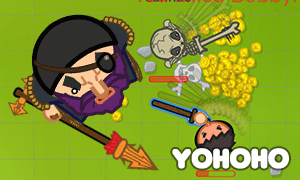
Credit: class-room.lol
Interactive Learning Tools
Interactive learning tools are revolutionizing science lessons. These tools make learning fun and engaging. From educational apps to virtual reality, students explore science like never before.
Educational Apps
Educational apps are making science lessons exciting. Kids love using tablets and smartphones. These apps offer interactive lessons, quizzes, and games. They help children understand complex topics easily.
Here’s a table of some popular educational apps:
| App Name | Features |
|---|---|
| Science360 | High-quality videos and images |
| Khan Academy | Comprehensive lessons and practice exercises |
| Star Walk Kids | Interactive astronomy guide |
These apps help students learn through play. Interactive elements keep kids engaged and motivated.
Virtual Reality
Virtual reality (VR) takes science lessons to a new level. Students can explore the universe or dive into the ocean. VR provides a 360-degree immersive experience.
Here are some benefits of using VR in science lessons:
- Engaging: Students feel like they are part of the lesson.
- Memorable: Experiences are more memorable than reading a book.
- Interactive: Students can interact with virtual environments.
With VR, students can learn about space, biology, and more. They can see and experience things they can’t in a classroom.
Incorporating these tools in science lessons boosts understanding and curiosity. Interactive learning tools transform the way students learn science.
Science Games And Puzzles
Science games and puzzles make learning fun. They help kids understand complex concepts. These activities also improve problem-solving skills. Kids enjoy science more through games and puzzles. Let’s explore some exciting science games and puzzles.
Brain Teasers
Brain teasers challenge the mind. They help kids think critically. Here are some popular brain teasers:
- Riddles: Simple questions with tricky answers.
- Logic puzzles: Require reasoning to solve.
- Math puzzles: Combine math with fun.
Brain teasers encourage kids to think out of the box. They also help improve their analytical skills. Kids enjoy solving these puzzles in groups or alone.
Online Challenges
Online challenges make science learning interactive. They provide a platform for kids to compete and learn. Here are some popular online science challenges:
| Challenge | Description |
|---|---|
| Science quizzes | Test knowledge with multiple-choice questions. |
| Virtual labs | Conduct experiments online. |
| Interactive simulations | Explore scientific phenomena in a virtual environment. |
Online challenges make science engaging and accessible. They allow kids to learn at their own pace. These challenges also provide immediate feedback, helping kids improve.
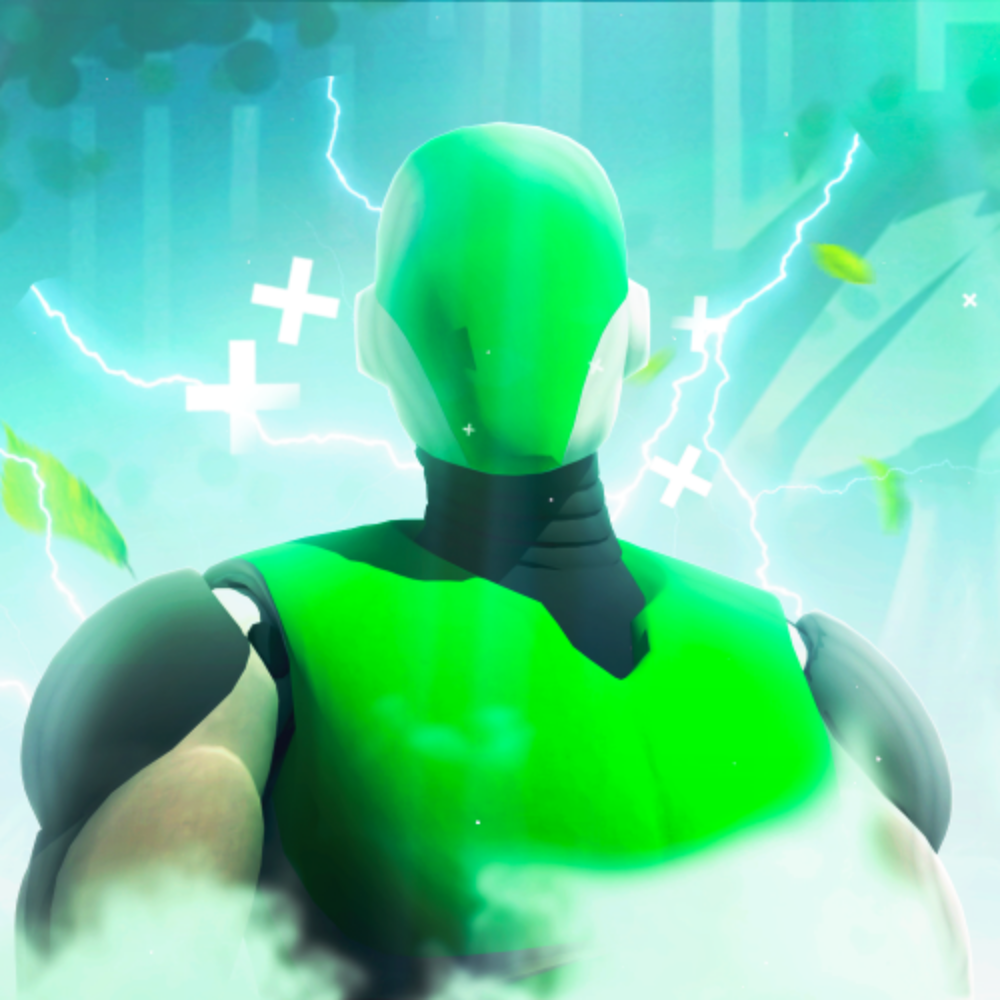
Credit: science-lessons.space
Storytelling In Science
Storytelling makes science fun and easy. Stories help us remember facts. They turn complex ideas into simple tales. Let’s explore how stories work in science.
Science Fiction
Science fiction is an exciting way to learn. It mixes science with imagination. Think about space travel and robots. These stories inspire young minds.
- Space Travel: Imagine a trip to Mars.
- Robots: Think about robots doing our chores.
- Future Tech: What will technology look like in 50 years?
These tales make science interesting. They spark curiosity. Kids love imagining new worlds.
Historical Narratives
History has many science stories. Famous scientists and their discoveries are fascinating. Learning about them is fun and educational.
| Scientist | Discovery |
|---|---|
| Isaac Newton | Gravity |
| Marie Curie | Radioactivity |
| Albert Einstein | Relativity |
Each story shows how they changed the world. Knowing their struggles and successes helps us connect with their work. It brings history and science to life.
Involving Popular Culture
Learning science can be fun when it connects with popular culture. Using movies, TV shows, music, and art makes lessons relatable. Students engage more with familiar themes. This section explores how pop culture enhances science education.
Movies And Tv Shows
Movies and TV shows often feature scientific concepts. They make learning exciting and visual. For example, “The Martian” showcases botany and space science. “Stranger Things” involves physics and parallel universes. Teachers can use clips to explain complex ideas. Students can relate to characters and stories they love. This method keeps their attention and sparks curiosity.
| Movie/TV Show | Scientific Concept |
|---|---|
| The Martian | Botany, Space Science |
| Stranger Things | Physics, Parallel Universes |
| Jurassic Park | Genetics, Paleontology |
| Breaking Bad | Chemistry |
Music And Art
Music and art also help explain scientific ideas. Songs with science themes can aid memory. For example, “They Might Be Giants” have songs about science. Their song, “The Sun is a Miasma of Incandescent Plasma”, teaches about the sun. Art projects can demonstrate scientific principles. Students can create models or drawings of molecules. This hands-on activity reinforces learning.
- Use songs to learn about the solar system.
- Create art projects to visualize atoms and molecules.
- Draw diagrams of the human body systems.
Combining popular culture with science makes lessons enjoyable. It helps students understand complex ideas in a fun way.
Field Trips And Adventures
Field trips and adventures bring science lessons to life. They offer hands-on learning experiences. Kids get to explore and discover new things. These trips spark curiosity and excitement. Let’s dive into some exciting options.
Science Museums
Science museums are treasure troves of knowledge. They have interactive exhibits. Kids can touch and play with many items. This makes learning fun and engaging. Below are some highlights of what you might find:
- Interactive Exhibits: Hands-on activities that explain scientific concepts.
- Live Demonstrations: Real-time experiments that show how things work.
- Planetariums: Simulated night skies and space shows.
These features help kids understand complex ideas in simple ways. They also inspire a love for science.
Nature Walks
Nature walks are another great way to learn. They take learning outside the classroom. Kids observe plants, animals, and ecosystems. Here are some benefits:
- Hands-On Learning: Touch and feel plants and soil.
- Observation Skills: Watch animals in their natural habitats.
- Physical Activity: Walk and explore different terrains.
These walks connect kids with nature. They learn about the environment in a fun way. It also teaches them to respect and care for our planet.
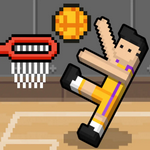
Credit: science-lessons.lol
Frequently Asked Questions
What Are Basic Science Concepts?
Basic science concepts include gravity, energy, atoms, and ecosystems. Understanding these helps explain how the world works.
Why Is Science Education Important?
Science education fosters critical thinking, problem-solving, and curiosity. It’s essential for innovation and understanding our environment.
How Can Science Be Fun?
Science can be fun through experiments, hands-on activities, and interactive lessons. Engaging methods make learning enjoyable.
What Tools Are Used In Science Lessons?
Common tools include microscopes, lab kits, and interactive software. These tools make abstract concepts tangible.
Conclusion
Science lessons can be fun and educational. They spark curiosity and promote critical thinking. Engaging activities make complex concepts easier to grasp. Keep exploring, experimenting, and learning. Science is a vast field with endless opportunities. Dive deeper into the world of science and discover new wonders every day.
